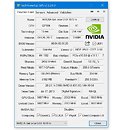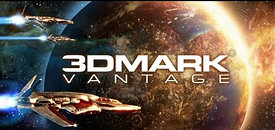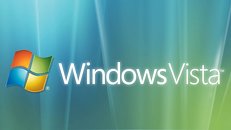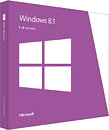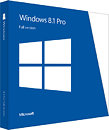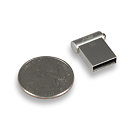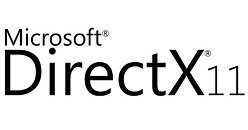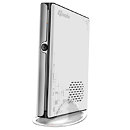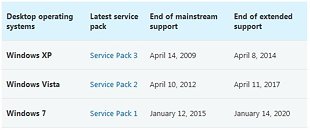Latest HWInfo64 Beta Arrives with OSD, Drops Windows XP Support
HWiNFO v7.73-5370 Beta was released yesterday—the newly updated version includes a fully integrated On-Screen Display (OSD) feature. In the past, users have had to rely on external tools—for example; RivaTuner Statistics Server (RTSS)—to get vital information displayed on their monitor(s) of choice. Martin, HWiNFO's main author, revealed that this new addition is based on a Team Blue toolset—his February 13 official forum post stated: "(this) feature is based on Intel PresentMon and allows showing any value as a text or graph (with multiple values). Position, text font, size, weight and colors can be individually defined. It should work with any engine like DirectX 11, 12, OpenGL, Vulkan. The OSD is automatically placed over the most graphics intensive application currently running but it can also be manually targeted." Five days later he followed up with further information—HWInfo64's new OSD is "available in HWiNFO64 only," therefore making it incompatible with Windows XP. Similarly, MSI's Afterburner 4.6.6 Beta landed a week and a bit ago, without support for Microsoft's 2001-vintage operating system.
Martin reckons that the change could affect Windows Vista users: "Use legacy HWiNFO32 on these systems. We don't anticipate that these systems will benefit from 64-bit applications, nor require support of latest HWiNFO64 versions. So the impact of this (sad) limitation should be minimal. In case there will be a reasonable demand for new versions of HWiNFO64 on XP64 it's still possible to build such versions (without OSD support), but currently we don't expect to make such extra effort." Additionally, the popular monitoring application's latest upgrade brings enhanced sensor monitoring for ASUS NUC systems, improved health monitoring on a selection of NVMe drives (connected via Intel RST), and enhanced sensor monitoring on the ASUS TUF GAMING Z790-PRO WIFI motherboard model.
Martin reckons that the change could affect Windows Vista users: "Use legacy HWiNFO32 on these systems. We don't anticipate that these systems will benefit from 64-bit applications, nor require support of latest HWiNFO64 versions. So the impact of this (sad) limitation should be minimal. In case there will be a reasonable demand for new versions of HWiNFO64 on XP64 it's still possible to build such versions (without OSD support), but currently we don't expect to make such extra effort." Additionally, the popular monitoring application's latest upgrade brings enhanced sensor monitoring for ASUS NUC systems, improved health monitoring on a selection of NVMe drives (connected via Intel RST), and enhanced sensor monitoring on the ASUS TUF GAMING Z790-PRO WIFI motherboard model.






